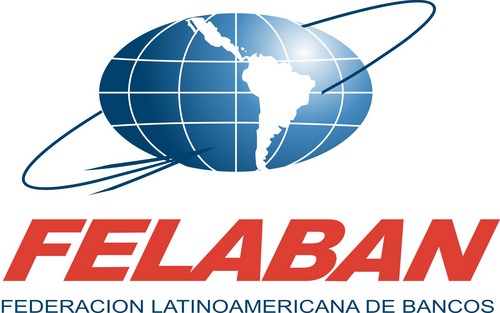The Miami Herald recently reported on the 2013 meeting held in Miami this week and the optimism is evident for the continued growth and expansion in Latin America. The challenge continues to be the inequality here.
By MIMI WHITEFIELD
mwhitefield@MiamiHerald.com
Bank economists and analysts attending the 47th annual assembly of the Latin American Federation of Banks in Miami on Monday were generally optimistic that 2014 will be a better year for the global economy as well as most Latin American countries but said challenges remain.
“We have the highest index of inequality on the planet,’’ said Jorge Horacio Brito, an Argentine banker and president of FELABAN, as the federation is known. Addressing income inequality should be a priority in the region and financial inclusion “should be on top of the agenda of the financial industry,’’ he said.
More than 1,600 senior managers from banks and financial institutions in 51 countries have convened at the Hotel InterContinental Miami for the three-day event.
Monday’s sessions were devoted to global economic trends and their impact on Latin America, the economic outlook for the region and whether the infatuation with emerging economies has run its course.
Although the assembly, which was organized by FELABAN and the Florida International Bankers Association, is focused on Latin America, discussion of China’s growing influence in the region also dominated discussion.
China has already supplanted the United States as the top trading partner of Brazil and Peru and has become Argentina’s second most important trading partner, said Kun Chen, assistant general manager at the New York branch of ICBC (Industrial and Commercial Bank of China), the world’s largest bank.
In 2011, Chinese foreign direct investment in Latin America stood at $55 billion and had increased twofold since 2008, he said.
But Arturo Valenzuela, a top Latin American official in the Clinton White House and during the first term of President Barack Obama, said that China has not displaced the United States in Latin America. Over the past seven years, he said, the United States has invested $147 billion in Latin America.
Norman García, Honduran ambassador to Spain, highlighted the pressures that China’s huge appetite for agricultural products, minerals, rare earth elements, water, energy and land is having on the emerging world.
China, he said, has 20 percent of the world’s population but only 7?percent of global agricultural land, prompting it to acquire enormous quantities of land in Africa to feed its 1.4 billion people. While global demand for oil is declining, he said, China has become the world’s top consumer of oil.
As the Pacific Rim becomes more important, García said, banks will have to adapt to a changing world.
Still, Valenzuela, now senior Latin American advisor at the Covington & Burling law firm, said that because of rising costs, patent and intellectual property problems and insecurity in China, there is renewed interest in Latin America as a base for manufacturing.
“It’s not only U.S. companies,’’ he said. “Korean and Indian companies are starting to look at Latin America too. You’re beginning to see a ‘de-China-zation.’?’’
As far as the rest of the world goes, “Europe is getting a bit better but there are still challenges for banks and bankers,’’ said Jeremy Anderson, head of KPMG’s global financial services practice.
But Jordi Gual, chief economist at Spain’s La Caixa, was more sanguine: “Definitely Europe and the eurozone are back on track.”
While the economies of emerging nations, such as China, have slowed in recent years, Marios Maratheftis, global head of macro research at Standard Chartered Bank, argued that the party is far from over.
“It’s not the end of the emerging world party. We should keep our dancing shoes on. There’s much more to come,’’ Maratheftis said.
China, for example, he said, is still importing and making use of current technologies and the process of technological catchup is ongoing.
Future growth in emerging markets also will be spurred by demographic trends. In coming years 98?percent of the increase in global population will be in emerging markets and 100?percent of the increase in the middle class over the next 20 years will come from emerging markets, he said.
Thirdly, he said, the process of urbanization, which spurs economic growth, hasn’t been completed in emerging markets.
Meanwhile, he predicted that global growth will pick up in 2014 with the second half of the year better than the first.
“Across the board, it will also be a much stronger year in Latin America,’’ he said.
But analysts said Brazil, once the darling of the emerging world, needs to do more to improve its competitiveness and increase investment.
“I think we’ll see Brazil growing below potential’’ in 2014, said Maurício Kehdi Molan, chief economist for Banco Santander in Brazil.
Read more here: http://www.miamiherald.com/2013/11/18/3763087/international-bankers-predict.html#story_link=email_msg#storylink=cpy
